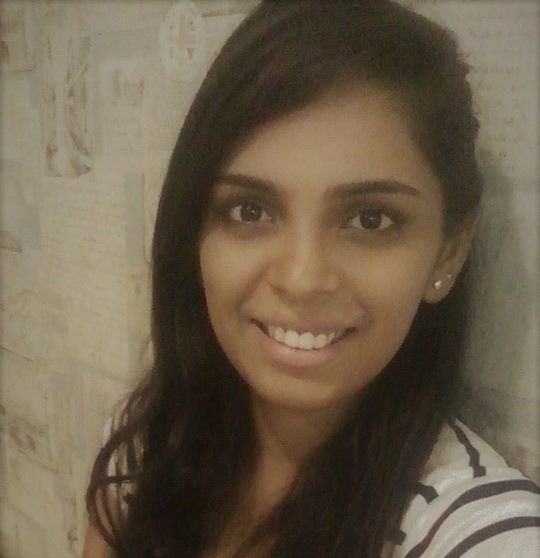What is double-blind peer review? How does it work? Who is involved in this type of peer review? This flowchart will provide you with a quick look at how double-blind peer review works.
- Andrea Hayward
- September 12, 2018
What is single-blind peer review? How does it work? Who is involved in this type of peer review? This flowchart will give you some quick insights into how single-blind peer review operates.
- Andrea Hayward
- September 11, 2018
Plagiarism is one of the most common reasons for journal rejection and is considered a highly unethical practice. As an author, if you are found guilty of plagiarism, you could stand to lose not only…
- Andrea Hayward
- September 11, 2018
YouTube can be a great source of engaging science-related videos if you know where to look. This article lists the top 20 most fascinating YouTube channels for researchers and science buffs. This…
- Andrea Hayward
- July 30, 2018
Last month, academic Twitter was abuzz with conversations around topics such as Mathematics and Statistics Awareness Month, the March for Science Movement, and the contribution of libraries and…
- Andrea Hayward
- May 9, 2018
Academic blogs are a great way to pick up chatter about what’s brewing in scholarly publishing and what researchers think about specific aspects of academia. They are also a great source of essential…
- Andrea Hayward
- April 27, 2018
In March 2018, academic Twitter was buzzing with hashtags and conversations around topics such as International Women’s Day and the need for presenting a more current and realistic image of what…
- Andrea Hayward
- March 29, 2018
The world of academia has caught the social media bug. Academics across varying career stages have taken to using Twitter to share a variety of messages, both professional and personal. We want to…
- Andrea Hayward
- February 28, 2018
Academia has traditionally been perceived as a dull world that has no room for humour and fun. But such an opinion is far from the truth. Putting such misconceptions to rest, this article lists 27 of…
- Andrea Hayward
- February 28, 2018
Did you know that most comma errors you make in while writing your research paper could be easily avoided? This infographic shows the top six comma errors authors frequently make while writing…
- Andrea Hayward
- February 9, 2018















